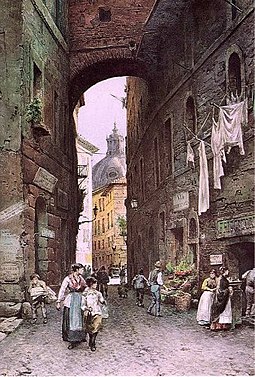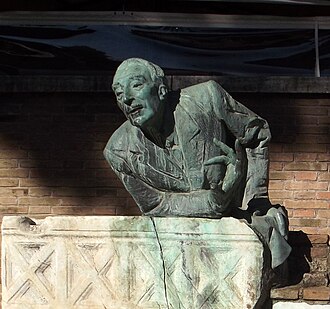
Gino Severini was an Italian painter and a leading member of the Futurist movement. For much of his life he divided his time between Paris and Rome. He was associated with neo-classicism and the "return to order" in the decade after the First World War. During his career he worked in a variety of media, including mosaic and fresco. He showed his work at major exhibitions, including the Rome Quadrennial, and won art prizes from major institutions.
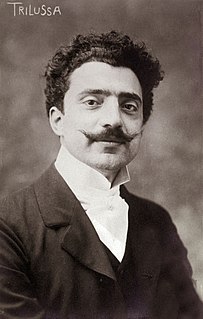
Trilussa, anagrammatic pseudonym of Carlo Alberto Camillo Mariano Salustri, was an Italian poet, writer and journalist, particularly known for his works in Romanesco dialect.

Bartolomeo Pinelli was an Italian illustrator and engraver.

The National Roman Museum is a museum, with several branches in separate buildings throughout the city of Rome, Italy. It shows exhibits from the pre- and early history of Rome, with a focus on archaeological findings from the period of Ancient Rome.
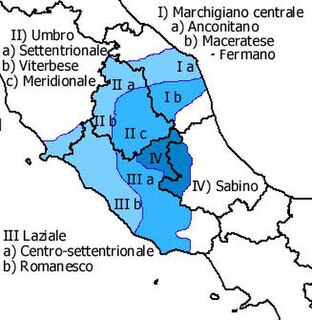
Romanesco is one of the central Italian dialects spoken in the Metropolitan City of Rome Capital, especially in the core city. It is linguistically close to Tuscan and Standard Italian, with some notable differences from these two. Rich in vivid expressions and sayings, Romanesco is used in a typical diglossic setting, mainly for informal/colloquial communication, with code-switching and translanguaging with the standard language.

Enzo Cucchi is an Italian painter. A native of Morro d'Alba, province of Ancona, he was a key member of the Italian Transavanguardia movement, along with his countrymen Francesco Clemente, Mimmo Paladino, Nicola De Maria, and Sandro Chia. The movement was at its peak during the 1980s and was part of the worldwide movement of Neo-Expressionist painters.

Etruscan art was produced by the Etruscan civilization in central Italy between the 10th and 1st centuries BC. From around 750 BC it was heavily influenced by Greek art, which was imported by the Etruscans, but always retained distinct characteristics. Particularly strong in this tradition were figurative sculpture in terracotta, wall-painting and metalworking especially in bronze. Jewellery and engraved gems of high quality were produced.

The Museum of the Risorgimento, located in the 18th-century Milanese Palazzo Moriggia, houses a collection of objects and artworks which illustrate the history of Italian unification from Napoleon's first Italian campaign of 1796 to the annexation of Rome in 1870. The city of Milan played a key role in the process, most notably on the occasion of the 1848 uprising against the Austrians known as the Five Days of Milan.

The Museum of Contemporary Art of Rome, Italian: Museo d'Arte Contemporanea di Roma, usually known as MACRO, is a municipal contemporary art museum in Rome, Italy. The museum is housed in two separate places: a former brewery in Via Nizza, in the Salario quartiere of the city; and a former slaughterhouse in Piazza Orazio Giustiniani, in the quartiere of Testaccio.
The culture of Rome in Italy refers to the arts, high culture, language, religion, politics, libraries, cuisine, architecture and fashion in Rome, Italy. Rome was supposedly founded in 753 BC and ever since has been the capital of the Roman Empire, one of the main centres of Christianity, the home of the Roman Catholic Church and the seat of the Italian Republic. Due to its historical and social importance, Rome has been nicknamed the Caput Mundi, or "capital of the world".

Michele Cascella was an Italian artist. Primarily known for his oil paintings and watercolours, he also worked in ceramics, lithography, and textiles. He exhibited regularly at the Venice Biennale from 1924 until 1942, and his works are owned by major museums in Italy and Europe, including Victoria and Albert Museum in London, Galerie nationale du Jeu de Paume in Paris, and Galleria Nazionale d'Arte Moderna in Rome.
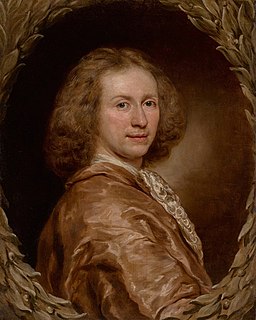
Jacob Ferdinand Voet or Jakob Ferdinand Voet was a Flemish portrait painter. He had an international career that brought him to Italy and France, where he made portraits for an elite clientele. Voet is regarded as one of the best and most fashionable portrait painters of the High Baroque.

The Koper Regional Museum has been housed since 1954 in the spacious early 17th century Belgramoni Tacco Palace, and is responsible for the movable cultural heritage in Primorska region of Slovenia. The museum originated in 1911 as the Municipal Museum of History and Art. At its centenary in 2011, the museum opened a new permanent exhibition Between the Serenissima, Napoleon and the Habsburgs and enriched its collection.

The Museo Storico Nazionale dell'Arte Sanitaria is located within the Ospedale di Santo Spirito in Sassia at 3, Lungotevere in Sassia in Rome (Italy).

The Museo di Roma is a museum in Rome, Italy, part of the network of Roman civic museums. The museum was founded in the Fascist era with the aim of documenting the local history and traditions of the "old Rome" that was rapidly disappearing, but following many donations and acquisitions of works of art is now principally an art museum. The collections initially included 120 water-colours by the nineteenth-century painter Ettore Roesler Franz of Roma sparita, "vanished Rome", later moved to the Museo di Roma in Trastevere.

Nicola Rubino was an Italian sculptor and painter.
Julianos Kattinis is a Greek painter who lives and works in Rome, Italy.
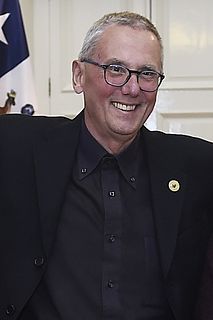
Pablo Echaurren is an Italian painter, comics artist and writer.
Luca Pignatelli is an Italian artist.


